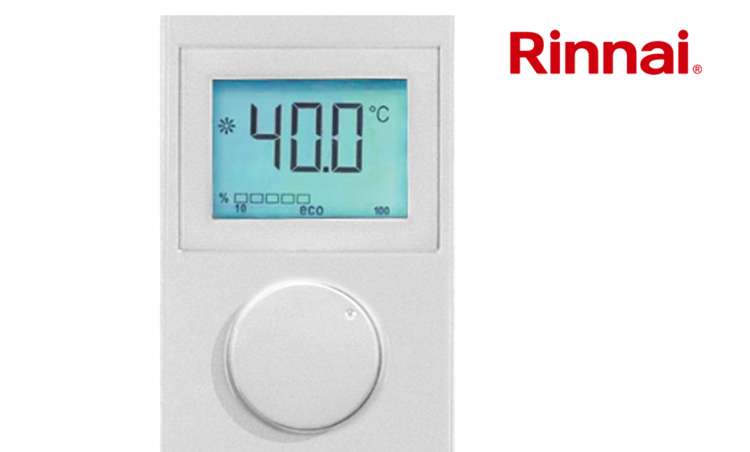20 January 2017 | Updated 01 January 1970
Most employers would agree that the health and wellbeing of staff is important to their company's success. There are plenty of ways you can improve your office space to boost this – but unless you’re Google and can afford to include allotments on your roof terrace, how can you realistically put this into practice? Office designer Joe Huddleston shared some achievable ideas with ThisWeekinFM.
“The concept of office design for wellbeing can be a bit confusing, but it’s something I feel passionate about and I’m keen to help employers implement it,” says Joe Huddleston. As a senior project designer for office fit-out specialists Overbury, he’s got a lot of experience in this area.
To help demystify the concept, Huddleston has published an online guide to the different strategies that can be used to improve wellbeing in the workplace. “I want to show that it’s accessible and achievable, almost wherever you are. It’s very much a pick-and-mix approach, depending on what’s right for an individual business.”
So what’s on the list, and how can you implement it without huge expense?
1. Give staff a choice
Of all the concepts in his guide, Huddleston is emphatic that this is the most important. “Whatever you can do to give employees choice and autonomy over how and where they work is of benefit,” he says.
What this means in practice is creating different areas for different tasks, so staff can move around. “It’s more energising and engaging than being forced to sit at the same desk all day,” he explains.
While that sounds like a major refurbishment, it doesn’t have to be. As Huddleston explains, there tends to be a lot of wasted space in offices. “We can always find space,” he laughs. Most offices could achieve this by reducing storage – getting documents digitalised instead of keeping files – and introducing slightly smaller desks, for a start.
Once you’ve created a bit of space, you can introduce separate group or ‘breakout’ areas – even if they’re standing points. “These actually work well, as people are less likely to spend time discussing unnecessary issues, they’ll stick to the points that really need to be covered – and again, it gets people up from their desks.”
In an ideal workplace, you’d also have quiet rooms, a separate kitchen, open areas and small rooms for phone calls and so on – but that’s not always realistic. “The main thing is giving staff a choice through different work settings.”
2. Picture perfect
“Art provides a chance to bring the brand and company values into play in a visual way, but it’s also a chance to bring something totally unexpected to the workplace, which can help people think of the wider context and bring something different to their work,” observes Huddleston. And, crucially, it’s a great way to add perceived additional value to the workplace. “A good way to do this is by displaying local artists’ work and replacing the artwork every few months – it can even involve a ‘launch’ event”.
3. Give colour to your work
Many offices stick to neutrals, but colour has been proven to affect moods and so can be used to good effect at work. ‘Low wavelength’ colours such as blue and greens create a calm atmosphere, whereas ‘high wavelength’ hues – reds, oranges and yellows – can stimulate activity and innovation. It’s a good idea to use this when you demarcate different work areas.
4. The art of noise
Noise makes a big difference to wellbeing, says Huddleston. In some environments, acoustic performance is really important to reduce noise levels, but it’s also about encouraging staff to be empowered in the workplace.
For example, rather than putting up with a colleague making a noisy conference call on the next desk, it’s better all round if they can make that call in a designated room – or if you need to concentrate, to move to a ‘quiet area’ in the office. It all ties back into having the choice, as outlined above.
5. Mix the rough with the smooth
“I’m quite passionate about introducing texture, as it can create quirkiness and shake things up a bit.” Huddleston reveals that he’s seeing more companies asking for texture incorporated into office designs.
While flagship areas tend to be quite harsh textures – tiles, marble and so on – it’s good to have softer textures where staff spend their time. Different materials can define areas and some are good at absorbing sound too, so this links in with other considerations.
6. Success through sustainability
“We firmly believe that a happy building can translate into a happy workplace,” says Huddleston, but actually some of the reasoning behind a sustainable approach is straightforwardly logical. “By introducing communal rubbish and recycling areas through the office, rather than having a bin by every desk, you encourage staff to move around.” The same goes for kitchens, and printing and post stations.
7. Fit for purpose
Companies that provide showers or bike stations differentiate themselves, and it’s always a good thing to encourage activity both inside and out of the office. As Huddleston points out, companies supporting exercise are likely to see happier staff with better energy levels and resilience to stress.
8. Comfort zone
This pretty much goes without saying, but we’ll say it anyway: ergonomics. It’s important to ensure staff are as comfortable as possible, and that includes lighting and temperature.
Lighting levels should be right for the task being performed in any one area. You should be aiming for around 300 lux in front of monitors at desks, while more detailed work will require more powerful lighting – around 500 lux, and breakout spaces ideally should be lower, perhaps 150-200 lux in some cases.
Temperature can be tricky as people tend to feel it differently, but it’s worth investing in your mechanical and electrical systems to make sure it’s as consistent as possible.
For more information, see Huddleston’s guide at www.overbury.com/articles/designing-wellbeing-into-your-office/
Article written by Cathryn Ellis | Published 20 January 2017
Share
Related Articles
Mercury Rising, Straw Dogs, Hot Fuzz, Top Guns, The Crown & Vikings
We've got an FM Digest so good you'd almost want to make a movie out of it. Mercury have taken the Almac contract; Elior are eliminating plastic straws; Tenon are...
Read Full Article
Skanska Wins Contract for 20 Ropemaker Street
Skanska has won a £240 million contract to construct 20 Ropemaker Street in Central London for Great Elm Assets Limited, in association with Old Park Lane...
Read Full Article
X Marks The Spot Of The Tallest Tower In Town
The City of London Corporation has approved 1 Undershaft - AKA The Trellis - which will be the second tallest building in the Capital after The Shard and thus the second...
Read Full Article
Airline Company Guilty For Unsafe Operation of Passenger Lift
Flybe, the airline company, was sentenced on 4 February 2020 for the unsafe operation of a passenger lift. Meanwhile, a number of other firms have found themselves...
Read Full Article
A Top Ten Guide To Making Your Venue More Accessible
Eight venues have received awards from the disabled access charity Euan’s Guide for their work welcoming disabled visitors – and this prompted ThisWeekinFM to...
Read Full Article
Tackling The People Challenge Through Technology
Report - CBRE and ThisWeekinFM recently lead a delegation of experts to provide a briefing on technology in workplace and real estate strategy.
The breakfast briefing...
Read Full Article
Net Zero Rush-Through Criticised By Lords, Forum Claims
The Global Warming Policy Forum has claimed the House of Lords has rebuked the Government for rushing through a commitment to a Net Zero economy.
The Forum refutes the...
Read Full Article
Holland Match - It's All Gone Gooee Over There
ProptTech history has been made with global M&E firm Croonwolter&dros agreeing to connect the 5,000 commercial buildings it runs in the Netherlands to the...
Read Full Article
'IRA' Claim Parcel Bomb Responsibility In Correctly Coded Call
A claim has allegedly been made on behalf of the ‘IRA’ for the parcel bombs that were delivered to premises in the UK - using a recognised codeword.
A call...
Read Full Article
Emcor UK Takes Insurance On TFM Contract
Emcor UK, has been awarded a contract with multinational insurance company RSA Insurance Group which is being described as a total facilities management contract. It will...
Read Full Article

.gif)



.gif)
.png)
.gif)

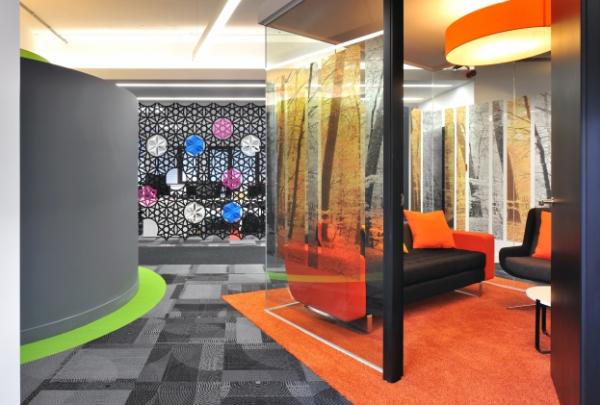
.png)

.png)
.jpg)
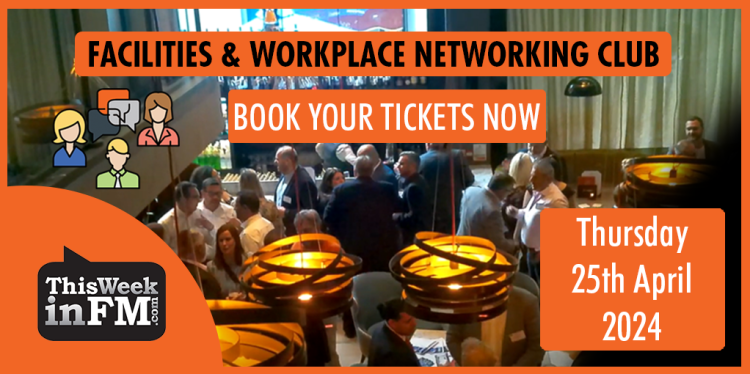
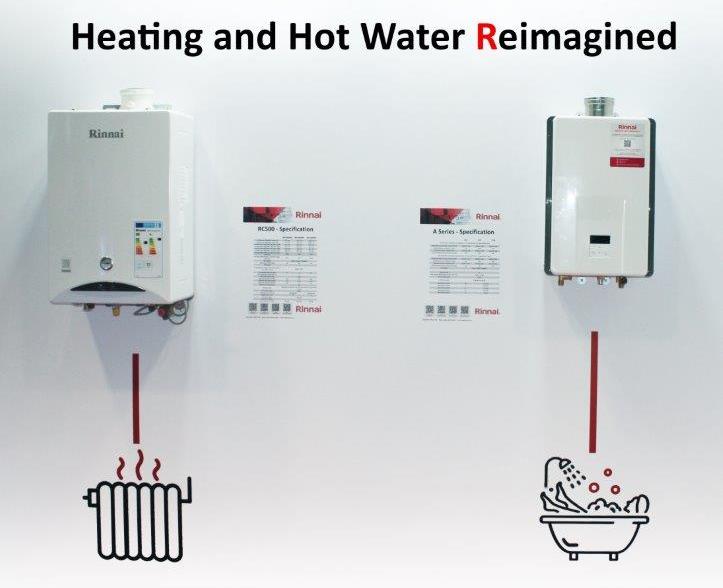
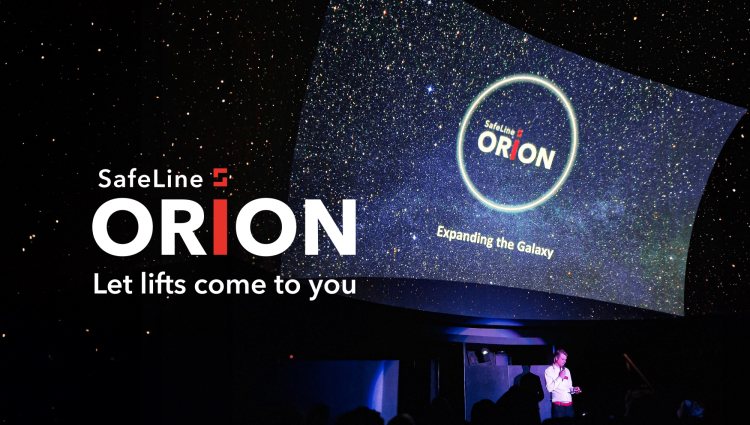
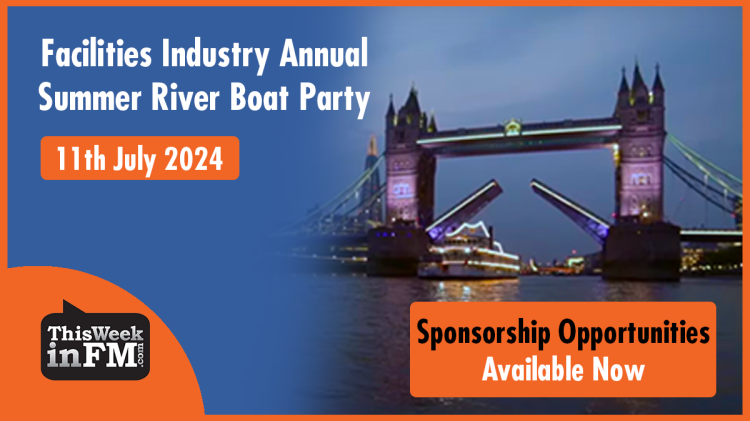
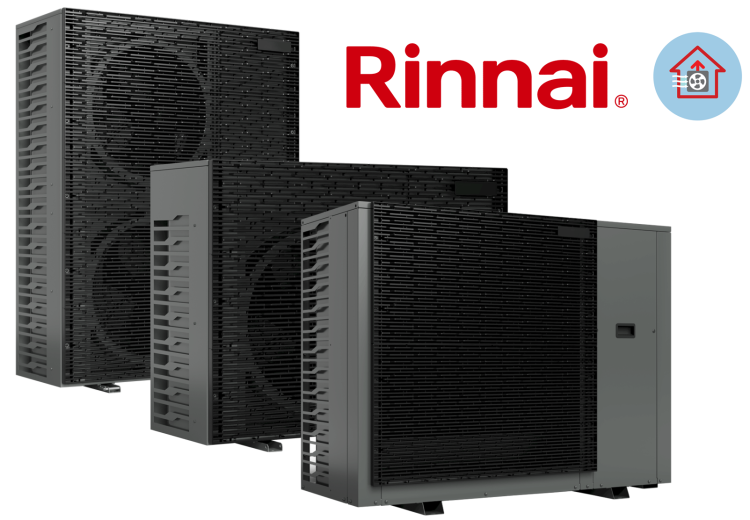
.jpg)
